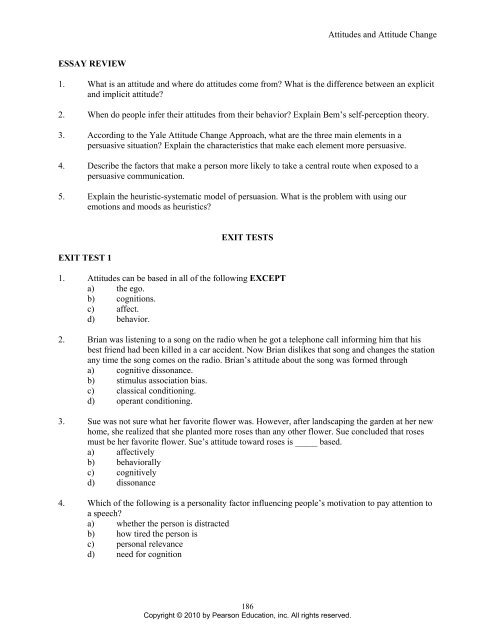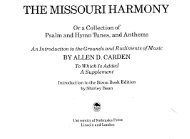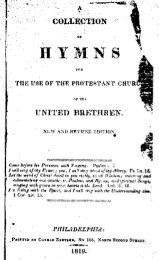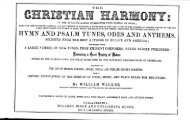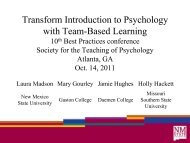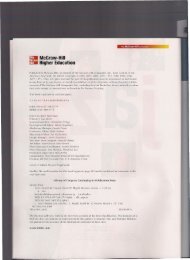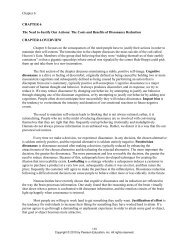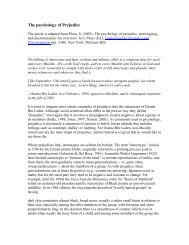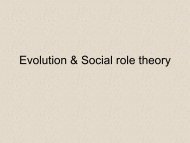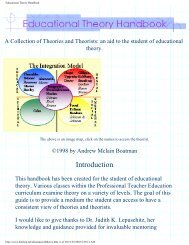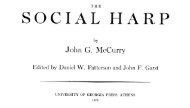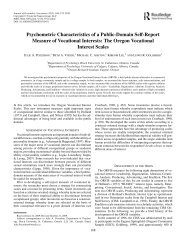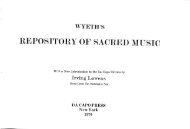Attitudes and Attitude Change CHAPTER 7 Attitudes and Attitude ...
Attitudes and Attitude Change CHAPTER 7 Attitudes and Attitude ...
Attitudes and Attitude Change CHAPTER 7 Attitudes and Attitude ...
You also want an ePaper? Increase the reach of your titles
YUMPU automatically turns print PDFs into web optimized ePapers that Google loves.
ESSAY REVIEW<br />
186<br />
Copyright © 2010 by Pearson Education, inc. All rights reserved.<br />
<strong><strong>Attitude</strong>s</strong> <strong>and</strong> <strong>Attitude</strong> <strong>Change</strong><br />
1. What is an attitude <strong>and</strong> where do attitudes come from? What is the difference between an explicit<br />
<strong>and</strong> implicit attitude?<br />
2. When do people infer their attitudes from their behavior? Explain Bem’s self-perception theory.<br />
3. According to the Yale <strong>Attitude</strong> <strong>Change</strong> Approach, what are the three main elements in a<br />
persuasive situation? Explain the characteristics that make each element more persuasive.<br />
4. Describe the factors that make a person more likely to take a central route when exposed to a<br />
persuasive communication.<br />
5. Explain the heuristic-systematic model of persuasion. What is the problem with using our<br />
emotions <strong>and</strong> moods as heuristics?<br />
EXIT TEST 1<br />
EXIT TESTS<br />
1. <strong><strong>Attitude</strong>s</strong> can be based in all of the following EXCEPT<br />
a) the ego.<br />
b) cognitions.<br />
c) affect.<br />
d) behavior.<br />
2. Brian was listening to a song on the radio when he got a telephone call informing him that his<br />
best friend had been killed in a car accident. Now Brian dislikes that song <strong>and</strong> changes the station<br />
any time the song comes on the radio. Brian’s attitude about the song was formed through<br />
a) cognitive dissonance.<br />
b) stimulus association bias.<br />
c) classical conditioning.<br />
d) operant conditioning.<br />
3. Sue was not sure what her favorite flower was. However, after l<strong>and</strong>scaping the garden at her new<br />
home, she realized that she planted more roses than any other flower. Sue concluded that roses<br />
must be her favorite flower. Sue’s attitude toward roses is _____ based.<br />
a) affectively<br />
b) behaviorally<br />
c) cognitively<br />
d) dissonance<br />
4. Which of the following is a personality factor influencing people’s motivation to pay attention to<br />
a speech?<br />
a) whether the person is distracted<br />
b) how tired the person is<br />
c) personal relevance<br />
d) need for cognition


